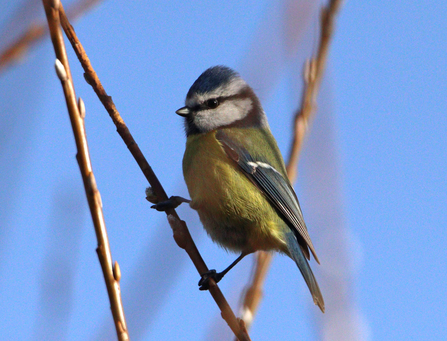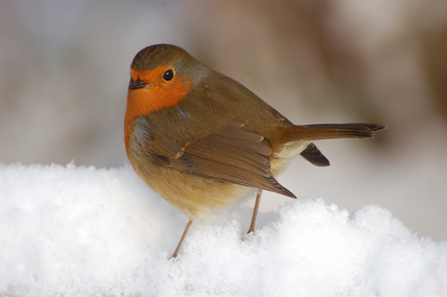If you would like to welcome more birds to your home, however big or small, consider putting up a bird feeder. January is the best time to ensure your birdfeeder is well stocked as this is the time of year when birds can struggle to find enough food to see them through.
Winter means fewer insects, wild seeds and berries – so supplementary feeding in you garden is greatly appreciated! Feeders should have a thorough clean outdoors, with warm soapy water and rinse well to help prevent spread of diseases.



